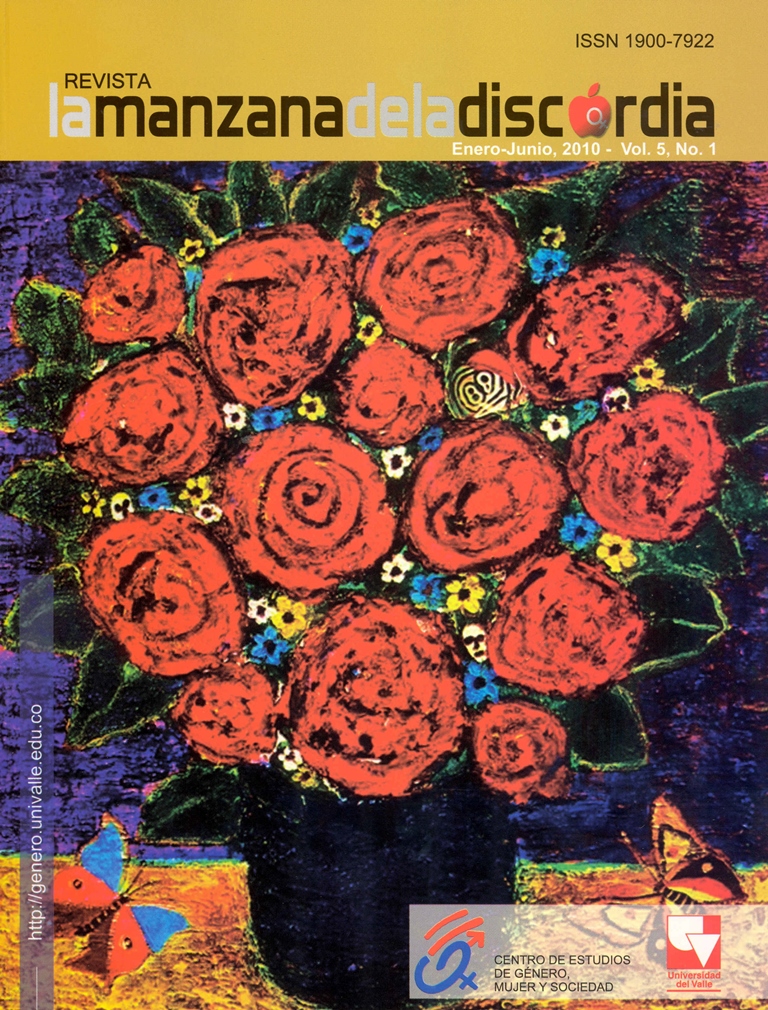Civilización, mujer y barbarie. Una figura dislocante en el discurso político de la Generación del 37 argentina
Contenido principal del artículo
Resumen: En los discursos decimonónicos de la joven
y romántica «Generación del 37» argentina, la figura
de la mujer ha sido depositaria tanto de los pilares del
progreso y la civilización (la mujer como hacedora/
modificadora de las costumbres), como los de la barbarie
y la sinrazón (la mujer como pasión). Sin embargo, no
eran discursos protofeministas; por el contrario, todos
ellos estaban ligados a la formación de la idea de nación
y la nacionalidad. Por lo tanto, emerge aquí una figura
«epistemológica» que nos permitiría comprender, desde
una arista poco estudiada, una parte de la historia
argentina. ¿Qué funciones cumplió dicha figura en los
albores de la construcción de la idea de nación? Y, ¿cómo
se ha interpretado actualmente los escritos pertenecientes
a aquellos hombres? Ambos interrogantes
recorren el presente trabajo, cuyas respuestas circulan
por los intersticios de los distintos escritos de la época.
Auque en los espacios políticos de aquella época, la
mujer estaba visible por su ausencia, creemos que escribir
mujer forma parte de las prácticas discursivas que dieron
lugar a la formación de la nación y la ciudadanía en
Argentina. Pretendemos observar a la ‘mujer’ y a la
‘nación’ -qua conceptos políticos imbricados- en una
difícil relación de inclusión/exclusión.
Palabras clave: Nación, figura de la mujer, Generación
del 37, historia de Argentina, siglo XIX
Abstract: In the XIXth century discourses of the Young
and romantic «Generation of ‘37" in Argentina, woman
has been considered as both a pillar of progress and
civilization (woman as maker and modifier of customs)
and as a source of barbaric unreason (woman as
passion). However, these discourses were not protofeminist,
but rather were linked to the forging of the idea
of nation and nationality. Therefore, we see an
epistemological figure emerging that would allow us to
understand one side of Argentine history that has not
been much studied. What functions did this figure fulfill
in the dawn of the idea of nation? And ¿how have the
writings by men been interpreted? Both questions run
through the present work, and the answers can be found
within the different writings of the era. Although women
were absent from political arenas at the time, we believe
that writing about women them helped give shape to
nation and citizenship in Argentine. We will observe the
imbrications of ‘woman’ and ‘nation’ in their difficult
relation of inclusion/exclusion.
Key words: Nation, image of women, Generation of ’37,
Argentine history, XIX th century

